Home>Home Appliances>Kitchen Appliances>What Should You Not Use On A Glass Top Stove
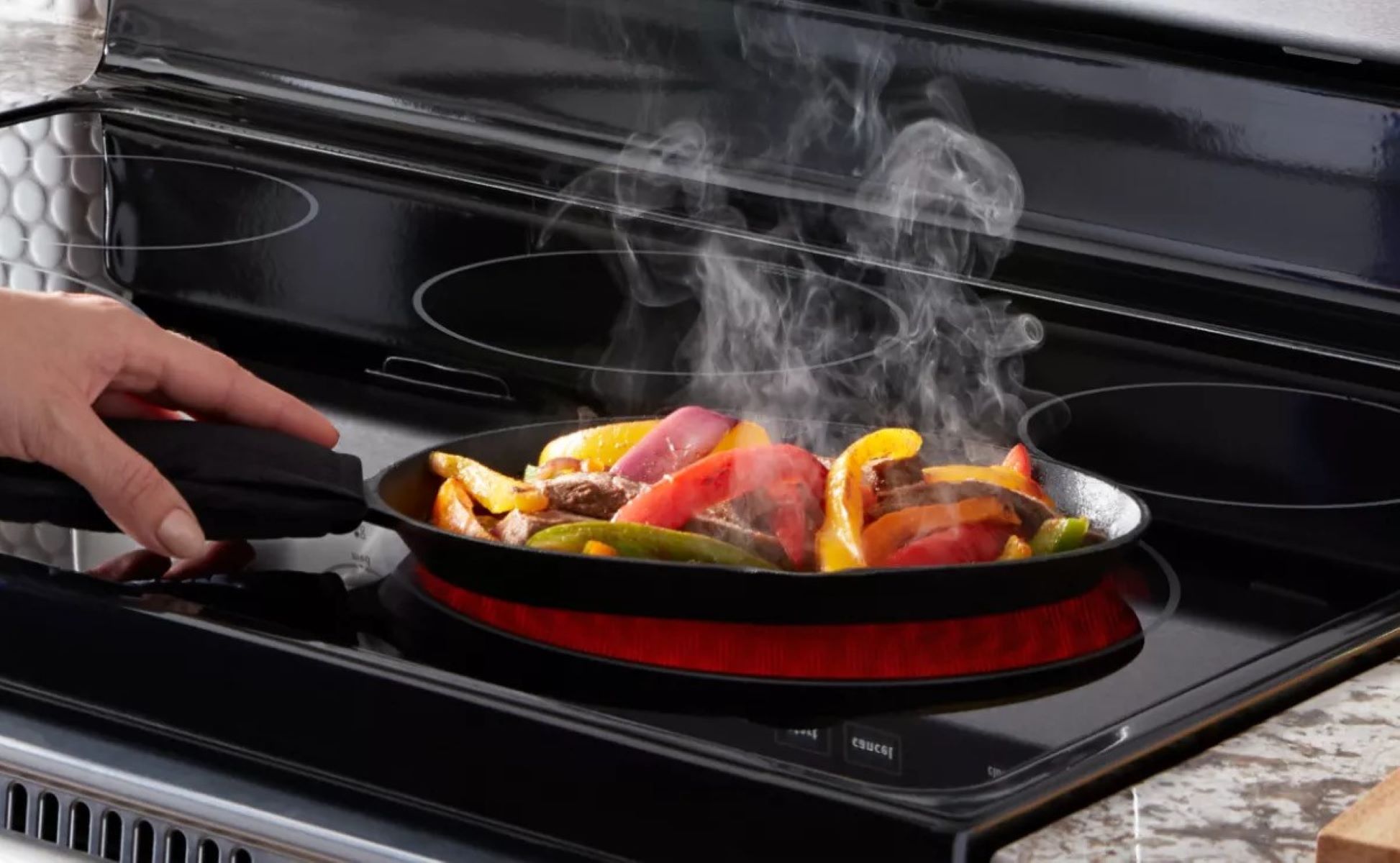

Kitchen Appliances
What Should You Not Use On A Glass Top Stove
Modified: February 18, 2024
Discover what not to use on a glass top stove to avoid damage and maintain its pristine appearance. Learn about safe kitchen appliance practices.
(Many of the links in this article redirect to a specific reviewed product. Your purchase of these products through affiliate links helps to generate commission for Storables.com, at no extra cost. Learn more)
Cast iron cookware
Cast iron cookware is a beloved staple in many kitchens due to its durability and excellent heat retention. However, when it comes to glass top stoves, using cast iron cookware requires careful consideration. While cast iron is renowned for its ability to distribute heat evenly and create a perfect sear, it can pose potential risks to glass top stoves if not used with caution.
The primary concern with using cast iron cookware on a glass top stove is the potential for scratching or cracking the smooth surface. Cast iron cookware, especially older or rougher pieces, can have small imperfections on the bottom that may scratch the glass surface when moved or slid across the cooktop. These scratches not only detract from the stove's aesthetic appeal but can also lead to long-term damage.
Furthermore, the weight of cast iron cookware can also be a cause for concern. Glass top stoves are designed to support evenly distributed weight, and placing a heavy cast iron skillet or pot on one area of the stove can lead to uneven pressure distribution. This uneven distribution of weight increases the risk of the glass cracking or shattering, resulting in costly repairs or even the need for a full stove replacement.
To mitigate these risks, it is essential to exercise caution when using cast iron cookware on a glass top stove. Here are some practical tips to ensure the safe use of cast iron on glass top stoves:
-
Inspect the Bottom: Before using cast iron cookware on a glass top stove, carefully inspect the bottom of the cookware for any rough spots, burrs, or imperfections. Smooth out any rough areas with sandpaper to minimize the risk of scratching the glass surface.
-
Handle with Care: When placing or removing cast iron cookware from the glass top stove, lift the cookware rather than sliding it across the surface. This gentle approach helps prevent scratches and minimizes the potential for accidental damage.
-
Use a Heat Diffuser: Placing a heat diffuser or a protective barrier between the cast iron cookware and the glass top stove can help distribute the heat more evenly and reduce the direct impact of the cookware on the glass surface.
By exercising caution and implementing these preventive measures, it is possible to enjoy the benefits of using cast iron cookware while safeguarding the integrity of a glass top stove. With proper care and attention, the combination of cast iron cookware and a glass top stove can coexist harmoniously, allowing for delicious meals to be prepared with peace of mind.
Key Takeaways:
- Protect your glass top stove by avoiding cast iron cookware, abrasive cleaners, and harsh scrubbers. Use caution and flat-bottomed cookware to ensure safety and longevity.
- Safeguard your glass top stove with non-abrasive cleaning products and gentle cleaning techniques. Choose cookware carefully and handle with care to maintain its beauty and functionality.
Glass or ceramic cookware
Glass and ceramic cookware are popular choices in many kitchens due to their versatility, aesthetic appeal, and ease of cleaning. When it comes to glass top stoves, these types of cookware offer several advantages, but there are also important considerations to keep in mind to ensure the safe and effective use of glass or ceramic cookware on this type of stove.
One of the key benefits of glass and ceramic cookware is their smooth and flat bottoms, which make them well-suited for glass top stoves. The even and consistent surface of these cookware types allows for optimal heat transfer, helping to prevent hot spots and ensuring that food is cooked evenly. Additionally, glass and ceramic cookware are non-reactive, meaning they won't interact with acidic or alkaline ingredients, preserving the taste and quality of the food being prepared.
However, despite their compatibility with glass top stoves, there are important precautions to consider when using glass or ceramic cookware. These precautions are primarily aimed at preventing damage to the cookware itself and the glass surface of the stove.
First and foremost, it's crucial to avoid dropping or banging glass or ceramic cookware onto the glass top stove. While these materials are durable, they are not indestructible, and sudden impacts can lead to chipping, cracking, or shattering. Careful handling and gentle placement of the cookware onto the stove can help mitigate this risk.
Another consideration is the type of glass or ceramic cookware being used. Not all glass and ceramic cookware are designed for stovetop use, and using the wrong type can result in breakage or damage. It's important to check the manufacturer's guidelines and ensure that the cookware is specifically labeled as stovetop-safe for glass or ceramic stoves.
Additionally, avoiding sudden temperature changes is crucial when using glass or ceramic cookware on a glass top stove. Extreme temperature differentials, such as placing cold cookware onto a hot stove or rapidly heating empty cookware, can lead to thermal shock, causing the cookware to crack or break. To prevent this, it's advisable to allow the cookware to gradually adjust to temperature changes and avoid exposing it to extreme thermal stress.
By being mindful of these considerations and following the recommended guidelines for handling and using glass or ceramic cookware, individuals can harness the benefits of these versatile cookware materials while safeguarding the integrity of their glass top stoves. With proper care and attention, glass and ceramic cookware can contribute to delightful culinary experiences, complementing the functionality and elegance of glass top stoves.
Non-flat bottom cookware
When it comes to glass top stoves, the use of non-flat bottom cookware poses unique challenges and considerations. Unlike flat-bottomed cookware, which makes direct and consistent contact with the smooth surface of the stove, non-flat bottom cookware introduces potential risks that can impact both the cooking experience and the integrity of the glass top stove.
Non-flat bottom cookware, such as rounded or warped pots and pans, can disrupt the crucial balance of heat distribution on a glass top stove. The uneven contact between the non-flat bottom and the stove surface can lead to inefficient heat transfer, resulting in uneven cooking and potential hot spots. This can compromise the quality of the prepared dishes and hinder the overall cooking experience.
Furthermore, the instability caused by non-flat bottom cookware can pose safety hazards. The lack of secure contact with the stove surface increases the likelihood of accidental tipping or spilling, especially when stirring or handling the cookware during the cooking process. This not only creates a messy kitchen situation but also raises the risk of burns or other injuries.
In addition to the functional implications, the use of non-flat bottom cookware on a glass top stove can lead to aesthetic and maintenance concerns. The uneven contact points between the cookware and the stove surface can result in scratches, abrasions, or marks on the glass top, detracting from its sleek appearance and potentially compromising its longevity.
To address these challenges, it is essential to prioritize the use of cookware with flat and smooth bottoms when cooking on a glass top stove. Flat-bottomed cookware ensures optimal heat distribution, stability, and safety, enhancing the overall cooking process and preserving the condition of the stove.
For individuals who prefer or currently own non-flat bottom cookware, it is advisable to assess the compatibility of such cookware with a glass top stove. In some cases, certain non-flat bottom cookware may be suitable for alternative cooking methods, such as in the oven or on specialized induction cooktops, where the flatness of the bottom is less critical.
Ultimately, the careful selection of cookware with flat bottoms tailored for glass top stoves can contribute to a seamless and enjoyable cooking experience, promoting efficient heat transfer, safety, and the preservation of the stove's pristine surface. By aligning the cookware choices with the specific requirements of glass top stoves, individuals can optimize their culinary endeavors while maintaining the functionality and aesthetics of their kitchen appliances.
Avoid using cast iron cookware on a glass top stove as it can scratch the surface. Also, be cautious with heavy pots and pans that can cause cracks or damage. Instead, opt for smooth-bottomed cookware like stainless steel or aluminum.
Abrasive cleaners
When it comes to maintaining the pristine appearance and longevity of a glass top stove, the choice of cleaning products plays a pivotal role. While it's essential to keep the stove clean and free from food residues and spills, using abrasive cleaners can pose significant risks to the glass surface, potentially leading to scratches, abrasions, and irreversible damage.
Abrasive cleaners, characterized by their gritty or rough texture, are designed to tackle tough stains and grime on various surfaces. However, when applied to glass top stoves, these cleaners can inadvertently cause harm, compromising the sleek and smooth finish of the stove.
The abrasive nature of these cleaners, often containing particles such as pumice, silica, or other abrasive agents, can create microscopic scratches on the glass surface when scrubbed or rubbed during the cleaning process. Over time, these scratches can accumulate, diminishing the clarity and luster of the glass and detracting from the stove's visual appeal.
Furthermore, the use of abrasive cleaners on glass top stoves can impact the stove's functionality. The scratches and abrasions left behind by these cleaners may disrupt the even distribution of heat during cooking, leading to potential hot spots and uneven cooking outcomes. Additionally, the compromised surface can make it more challenging to maintain the stove, as residues and spills may become lodged in the scratches, posing cleaning challenges and potentially impacting the stove's performance.
To safeguard the integrity of a glass top stove, it is crucial to opt for non-abrasive cleaning solutions specifically formulated for glass surfaces. These gentle yet effective cleaners are designed to lift and remove stains and residues without causing damage, preserving the smooth and flawless appearance of the stove.
In addition to selecting the right cleaning products, employing proper cleaning techniques is essential when maintaining a glass top stove. Using soft, non-abrasive cloths or sponges for cleaning, along with gentle, circular motions, can help prevent scratches and maintain the pristine condition of the glass surface. Regular cleaning and prompt removal of spills can also contribute to the long-term maintenance of the stove, preventing the buildup of stubborn residues that may require harsh cleaning methods.
By prioritizing the use of non-abrasive cleaners and adopting gentle cleaning practices, individuals can uphold the beauty and functionality of their glass top stoves, ensuring that these essential kitchen appliances remain a source of culinary inspiration and delight for years to come.
Harsh scrubbers
The choice of cleaning tools and implements holds significant sway over the maintenance and preservation of a glass top stove. Among the array of cleaning accessories, the selection of scrubbers warrants particular attention, as the wrong choice can lead to detrimental consequences for the smooth and lustrous surface of the stove.
Harsh scrubbers, characterized by their abrasive and rough textures, present a notable risk when utilized for cleaning glass top stoves. These scrubbers, often composed of abrasive materials such as steel wool, rough scouring pads, or abrasive sponges, are designed to tackle stubborn stains and grime on various surfaces. However, when applied to the delicate glass surface of a stove, they can inflict unintended damage, compromising both the aesthetic appeal and functionality of the appliance.
The abrasive nature of harsh scrubbers can result in the creation of microscopic scratches and abrasions on the glass surface during the cleaning process. These imperceptible blemishes, when accumulated over time, can mar the once flawless appearance of the stove, diminishing its visual allure and pristine finish. Moreover, the presence of scratches can impede the even distribution of heat during cooking, potentially leading to uneven heating and cooking outcomes, thereby undermining the stove's core functionality.
In addition to the aesthetic and functional implications, the use of harsh scrubbers can also impact the long-term maintenance of the glass top stove. The presence of scratches and abrasions can create crevices where food residues and spills may become lodged, posing challenges during cleaning and potentially compromising the stove's performance over time.
To safeguard the integrity of a glass top stove, it is imperative to opt for non-abrasive cleaning tools and scrubbers specifically designed for delicate surfaces. These gentle yet effective scrubbers are tailored to lift and remove stains and residues without causing damage, ensuring that the smooth and flawless appearance of the stove is preserved.
By prioritizing the use of non-abrasive scrubbers and exercising caution during the cleaning process, individuals can uphold the beauty and functionality of their glass top stoves. Embracing gentle cleaning practices and selecting the appropriate cleaning tools are pivotal steps in ensuring that these essential kitchen appliances remain a source of culinary inspiration and delight for years to come.
Frequently Asked Questions about What Should You Not Use On A Glass Top Stove
Was this page helpful?
At Storables.com, we guarantee accurate and reliable information. Our content, validated by Expert Board Contributors, is crafted following stringent Editorial Policies. We're committed to providing you with well-researched, expert-backed insights for all your informational needs.
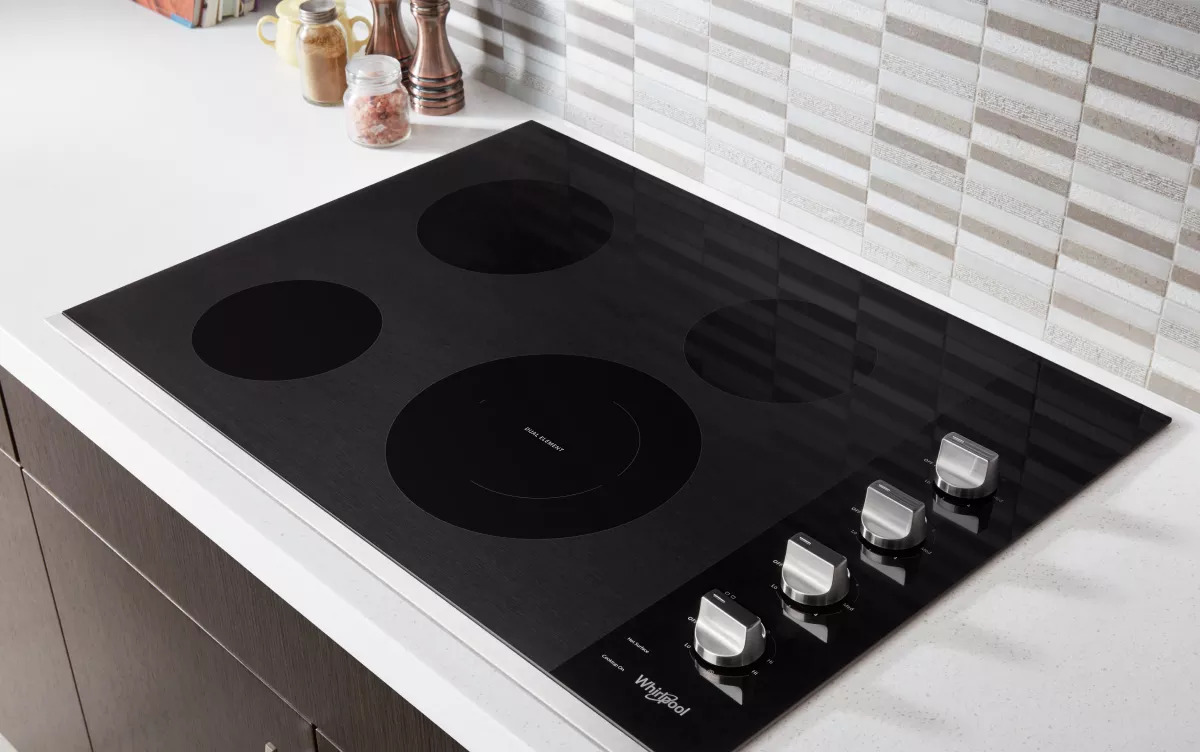
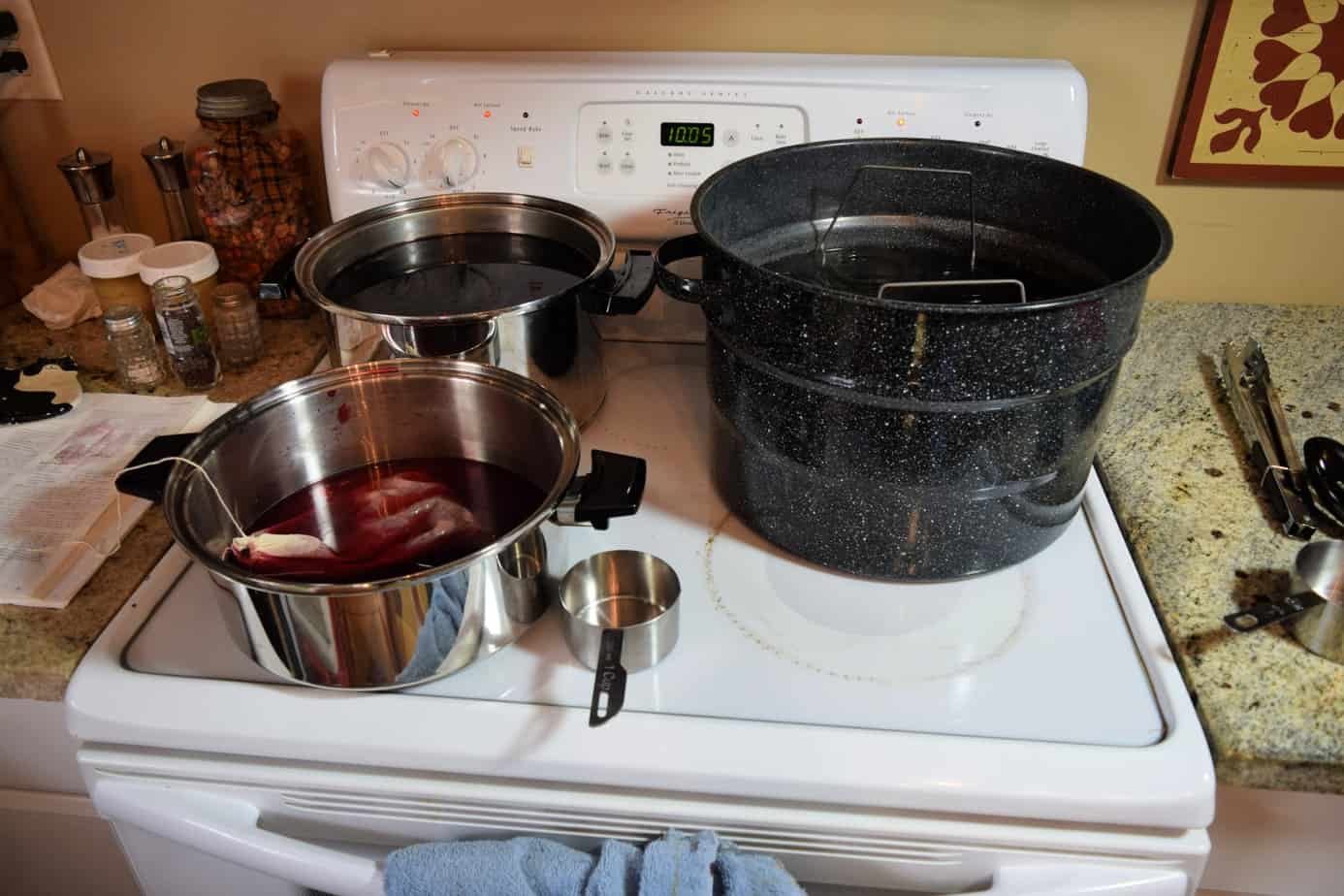
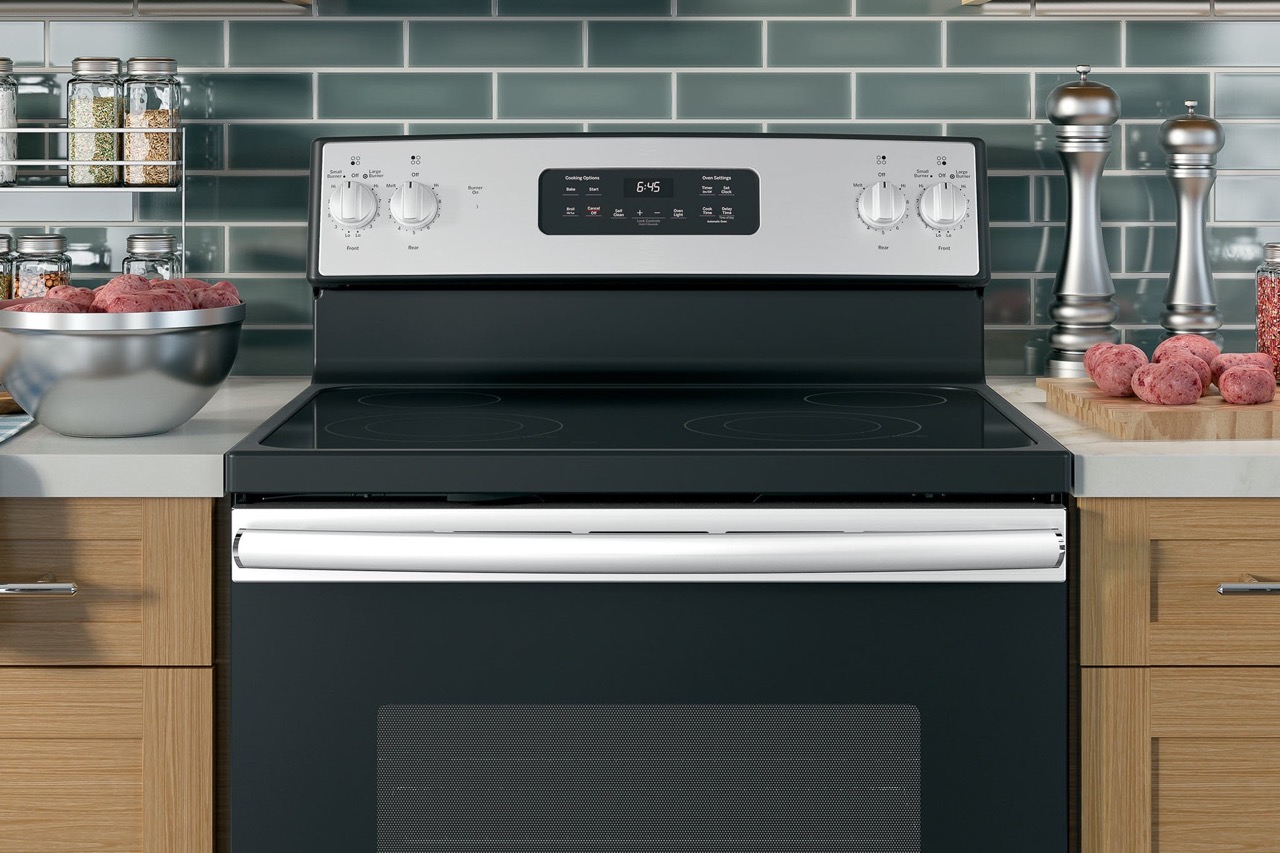
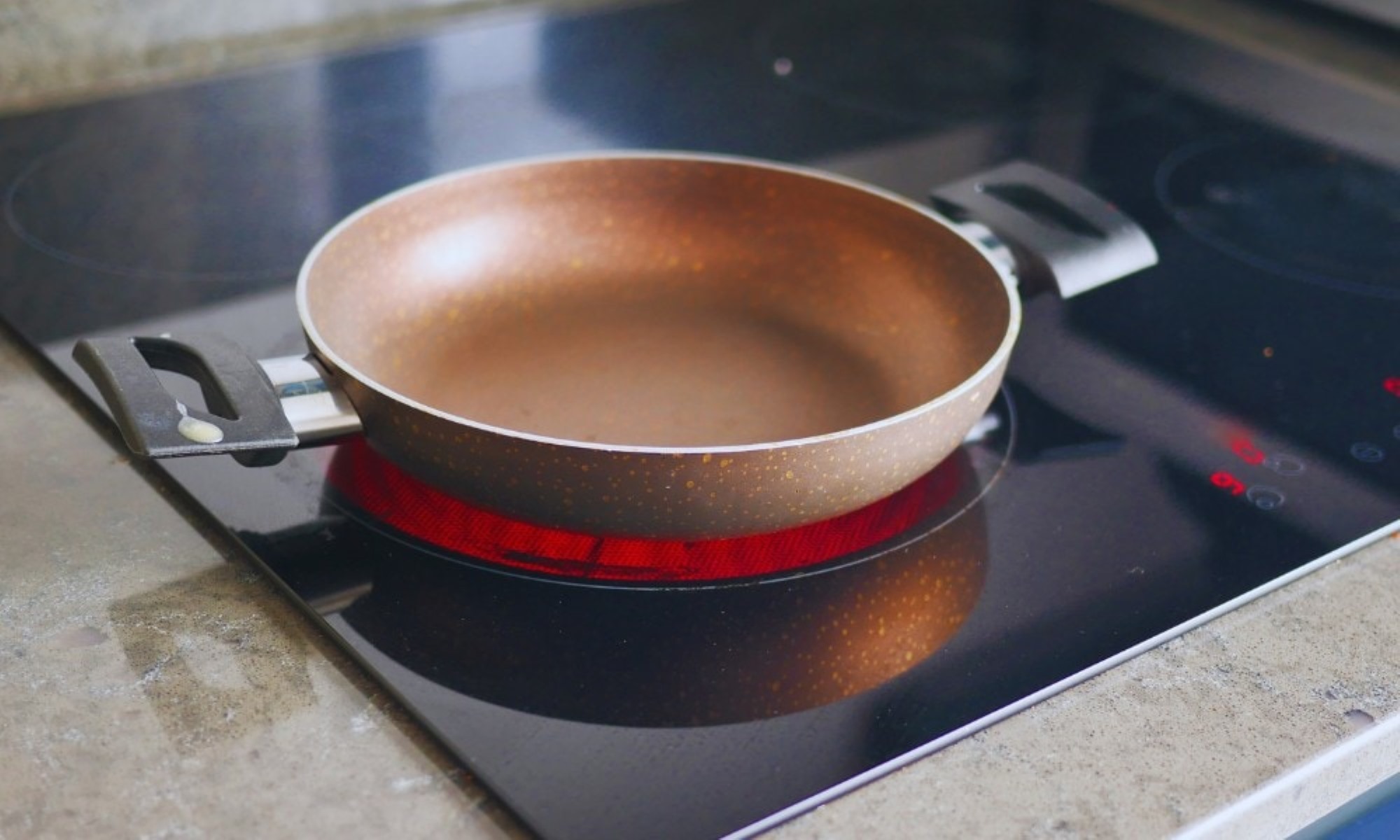

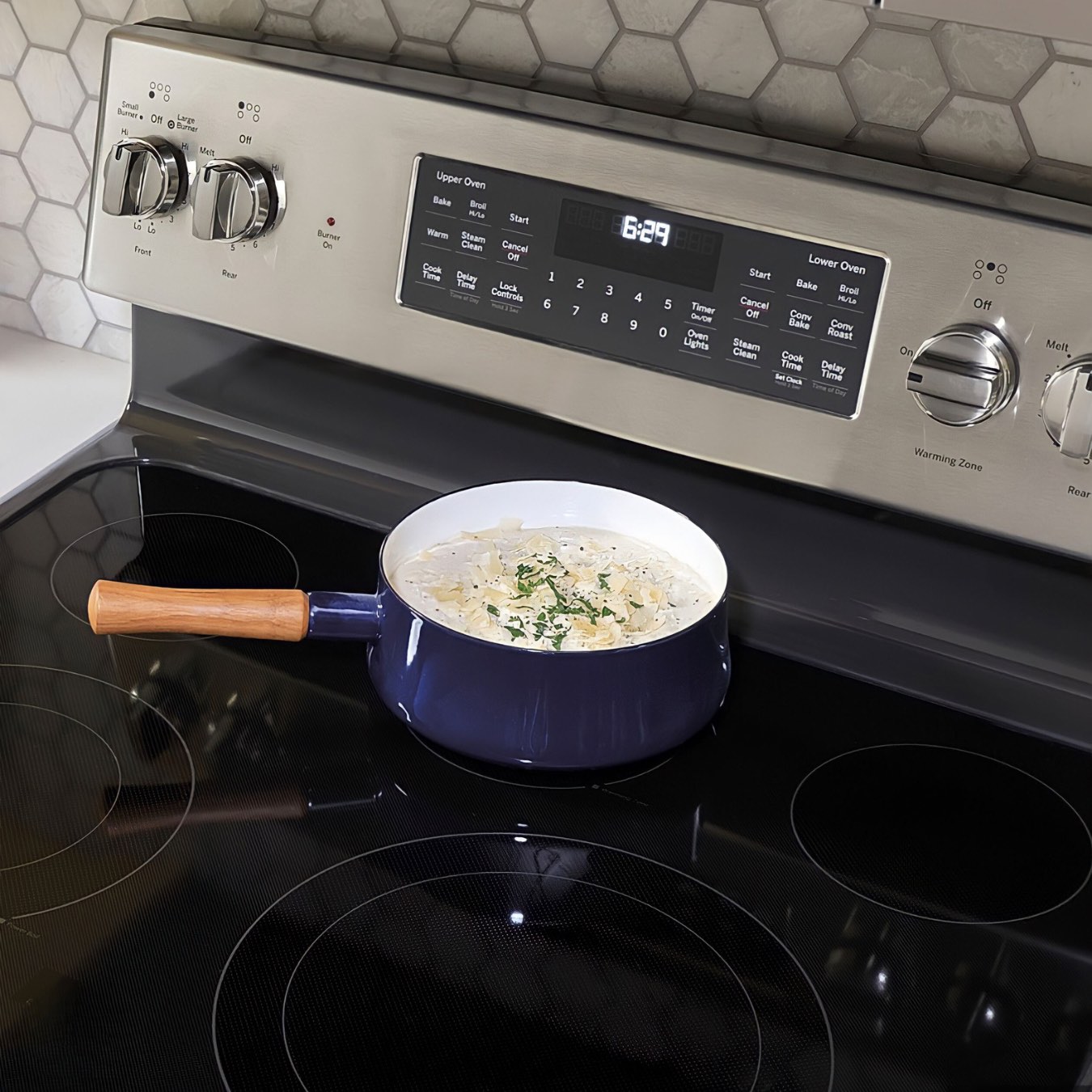
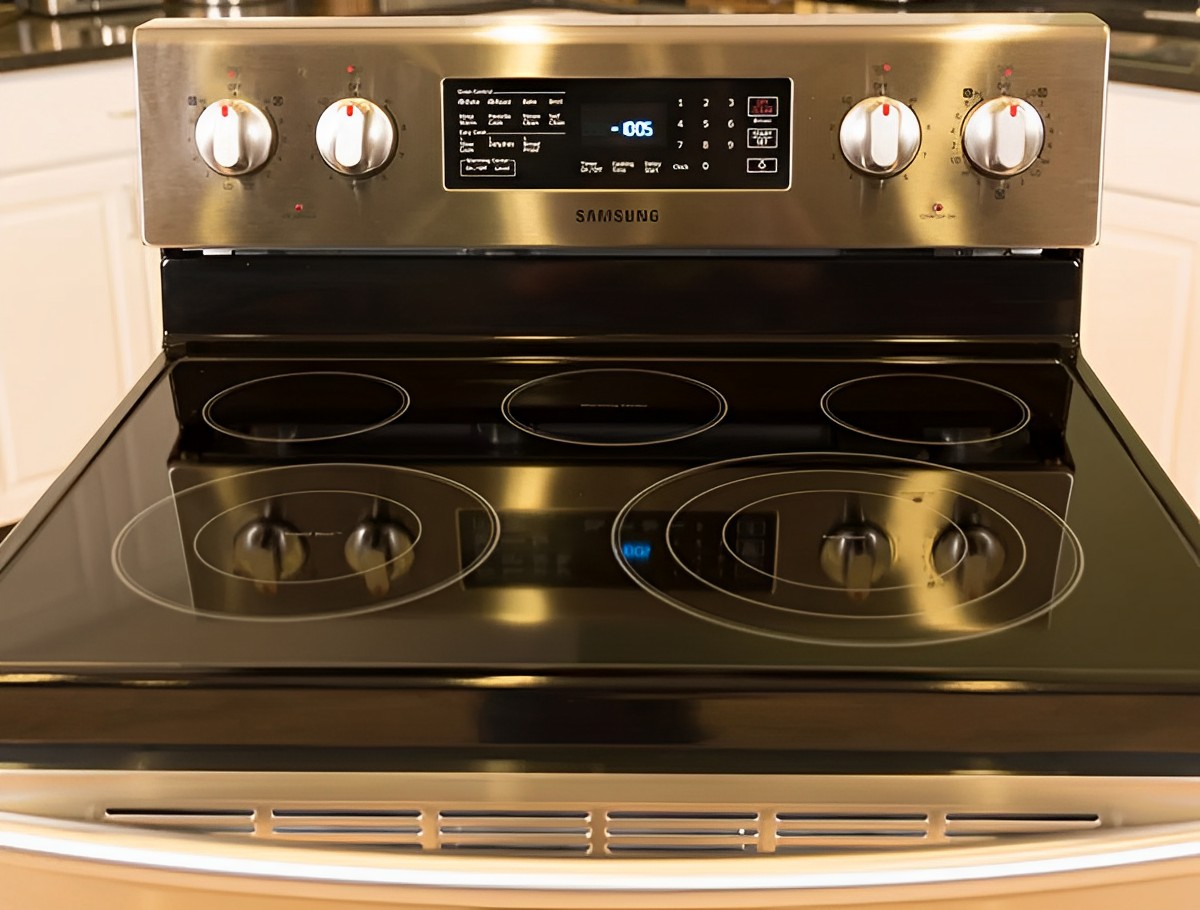
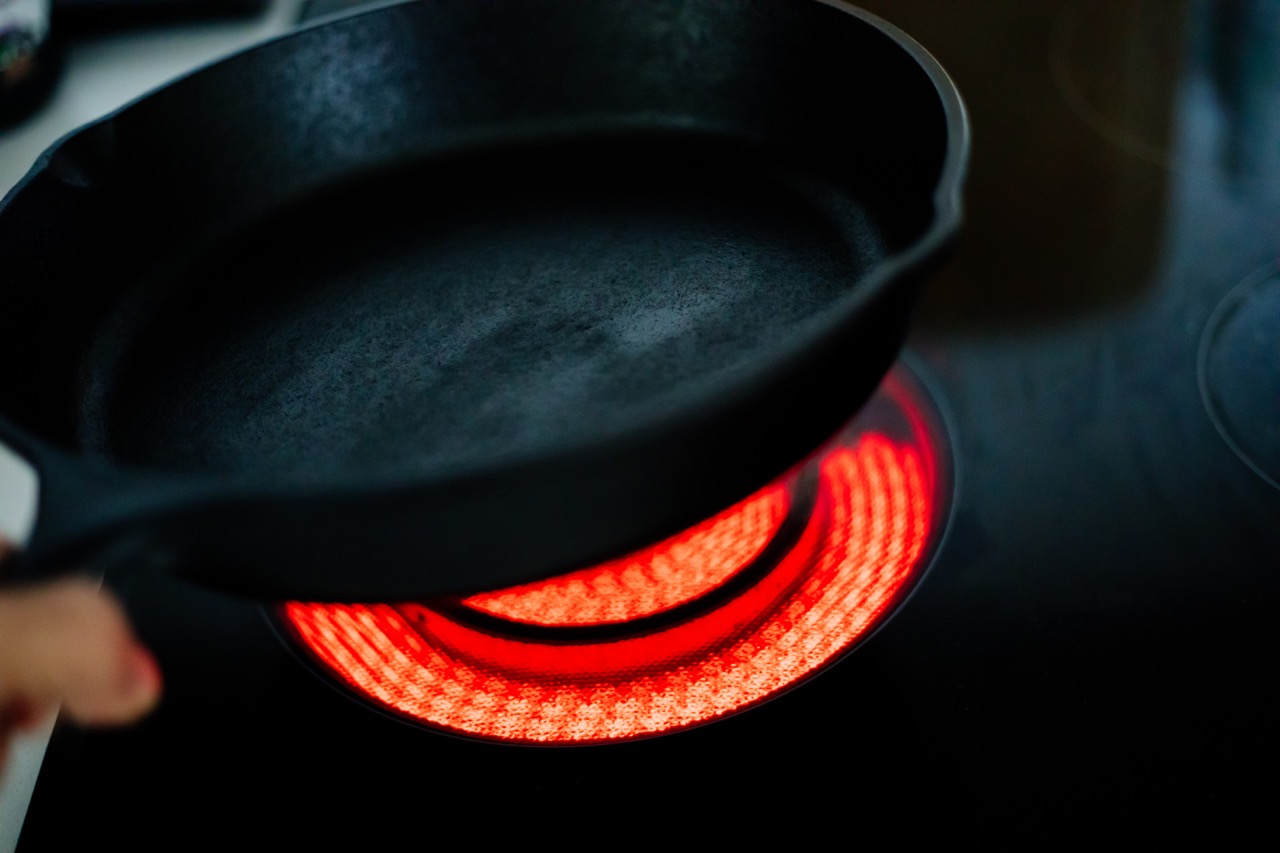
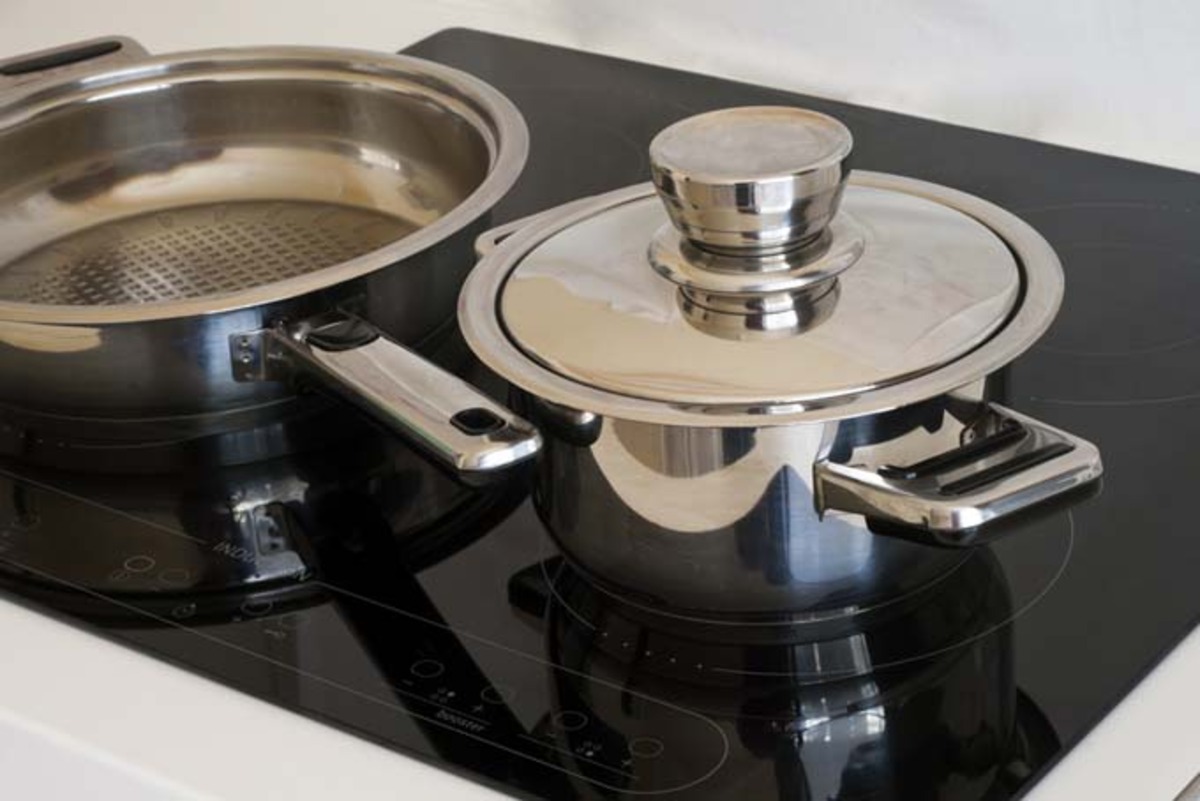
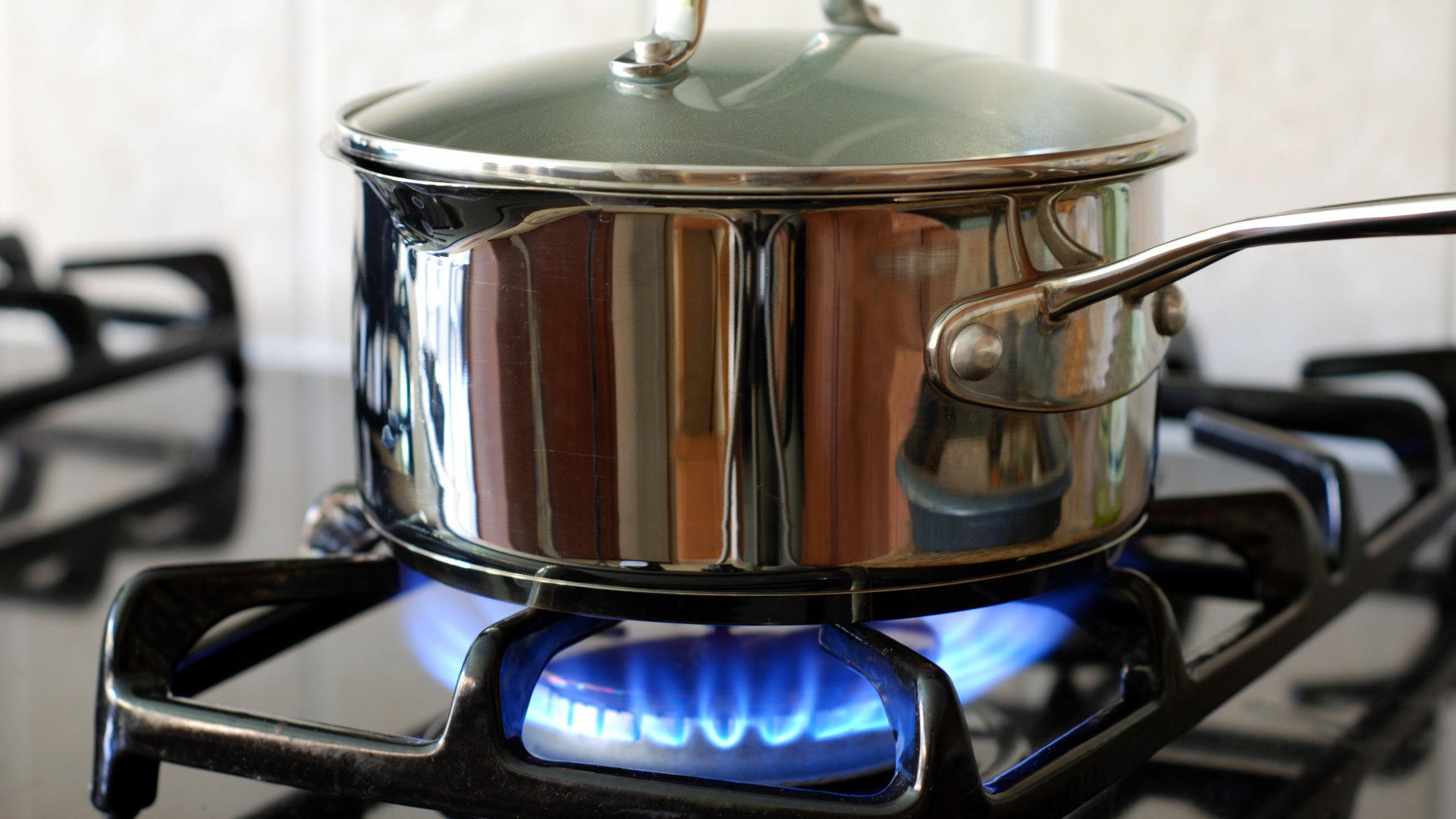
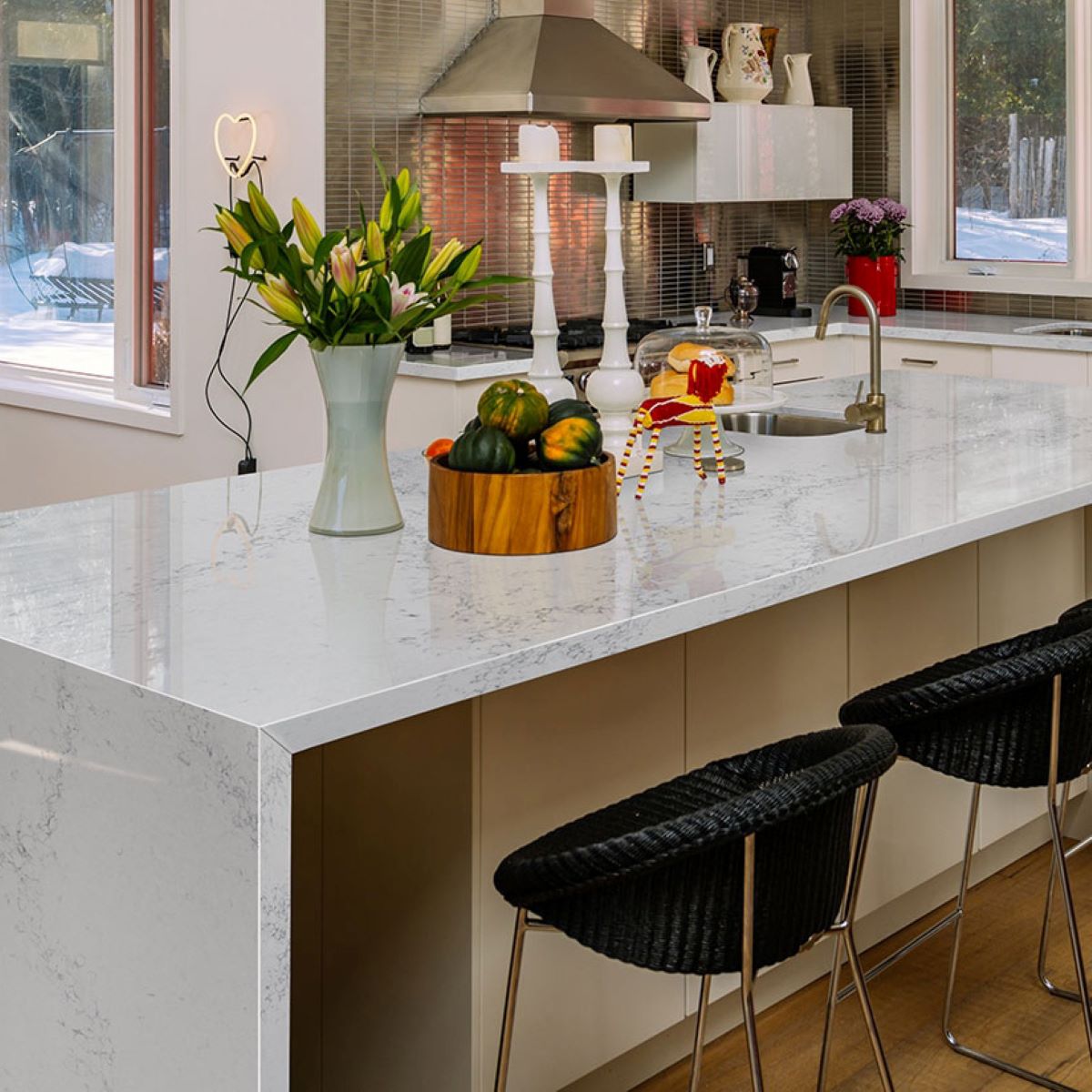
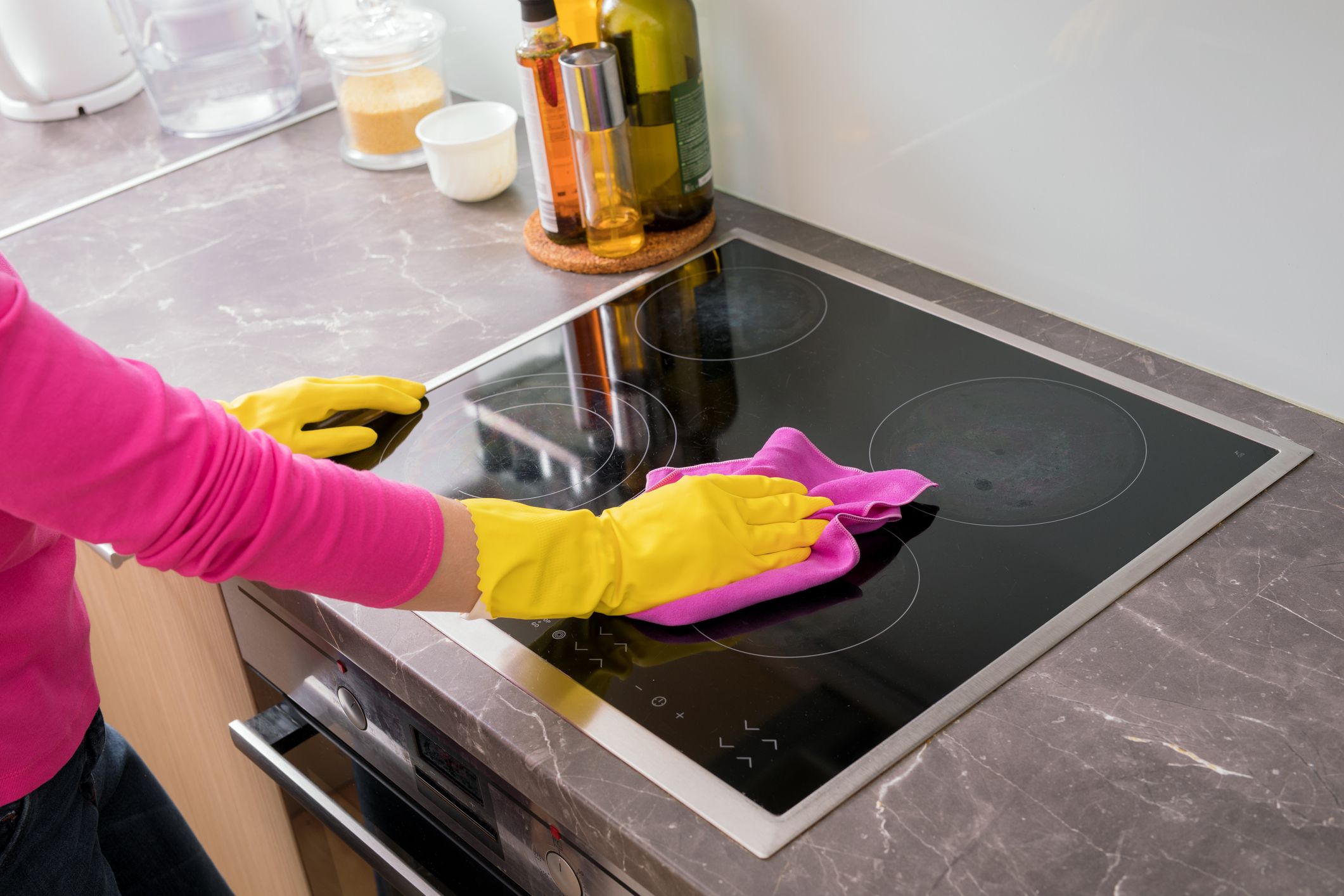
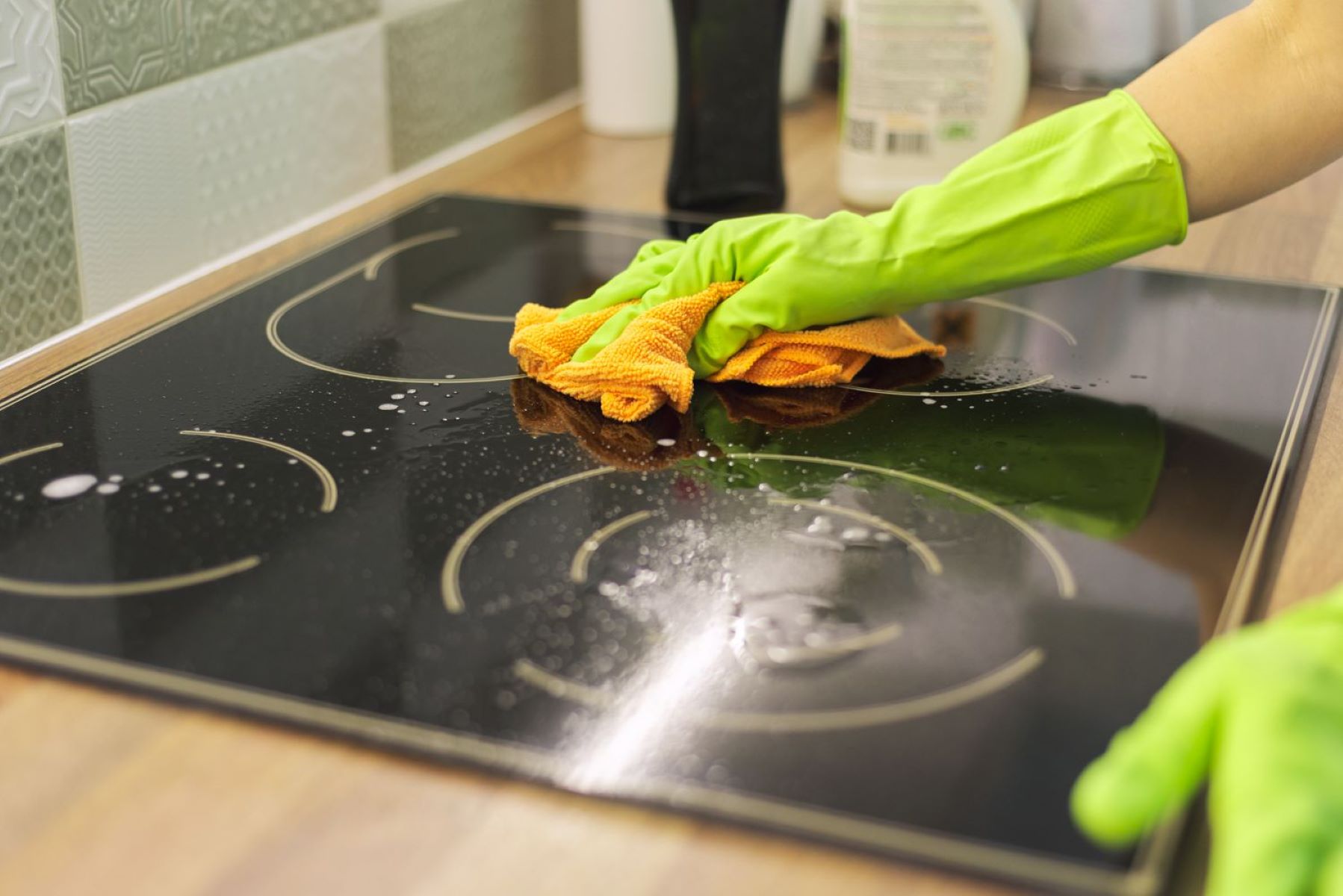
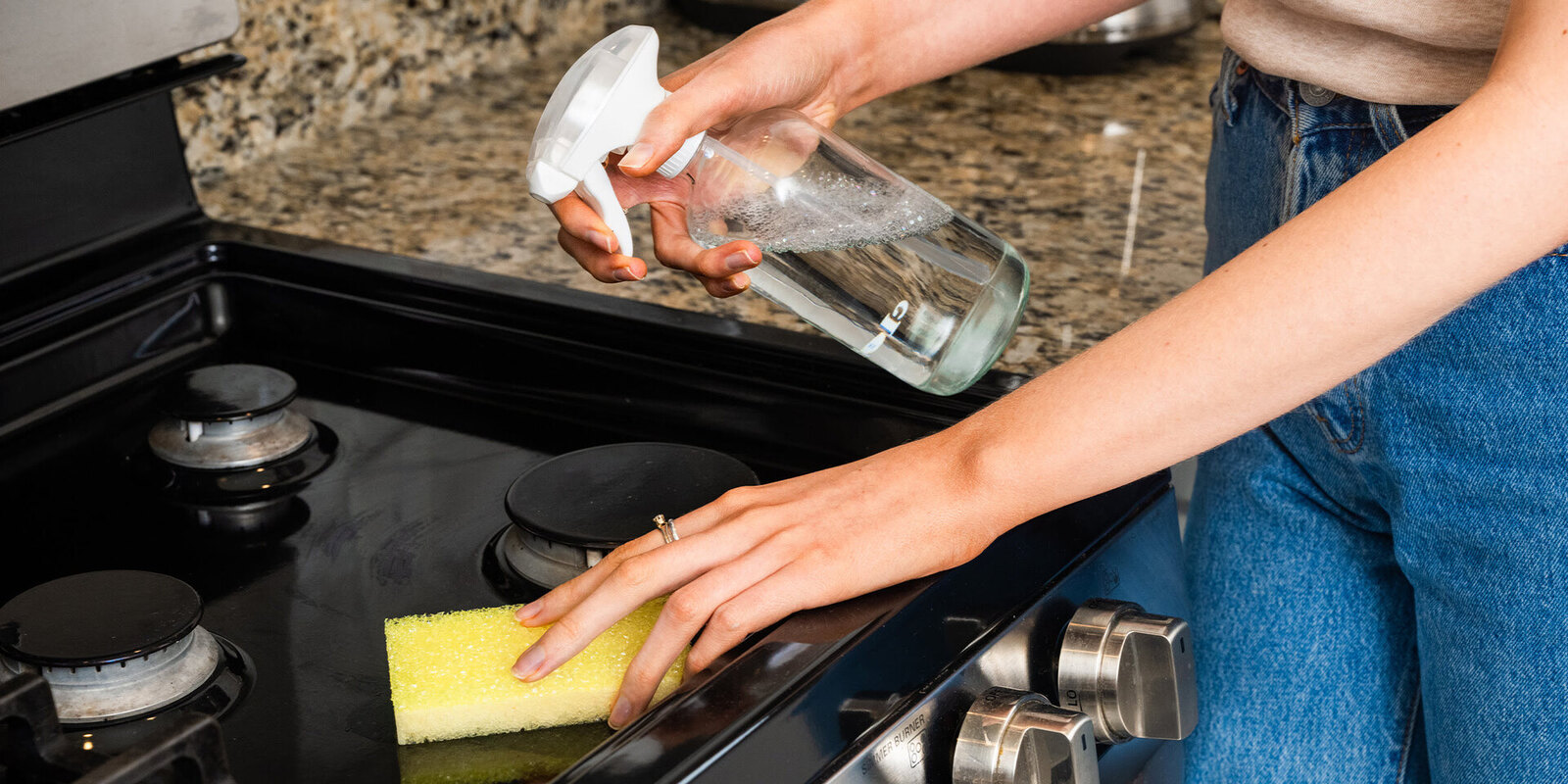
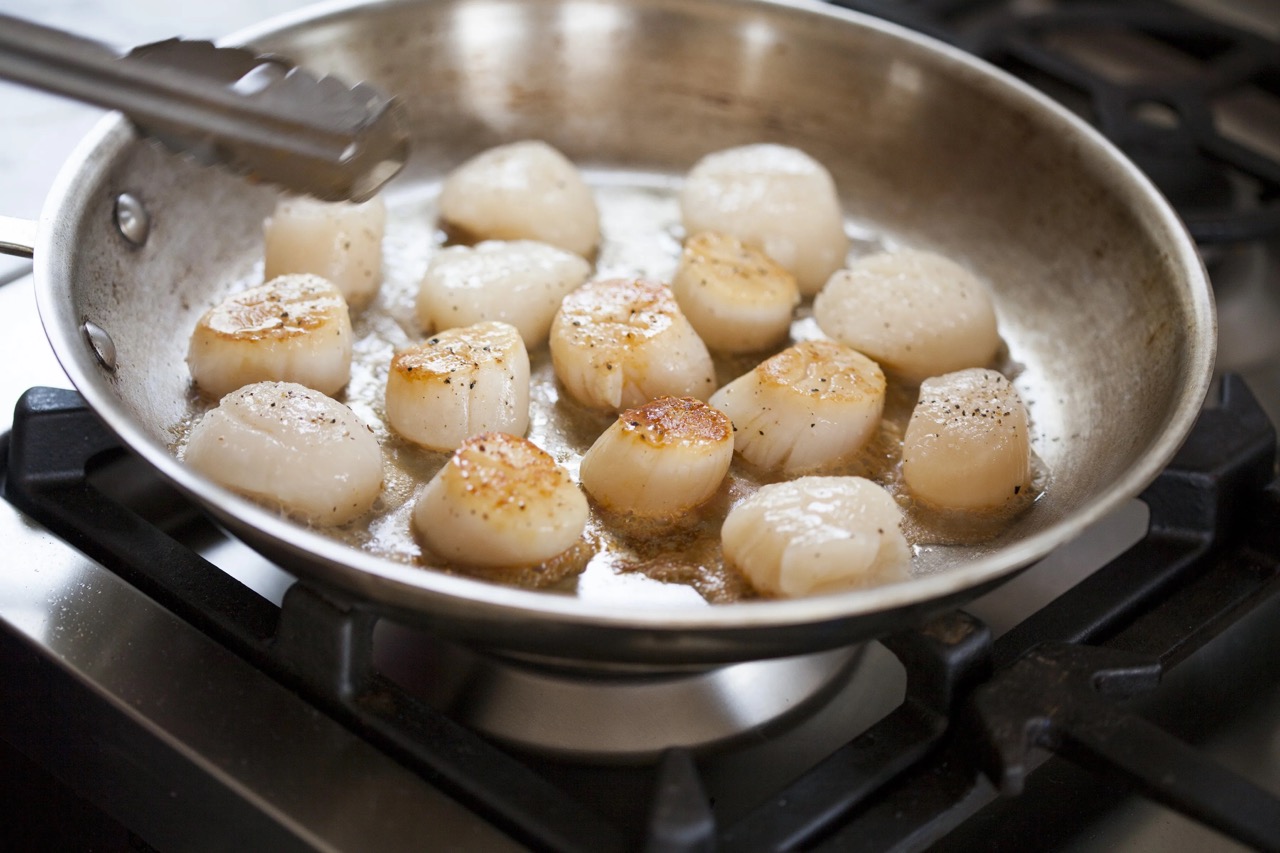

0 thoughts on “What Should You Not Use On A Glass Top Stove”